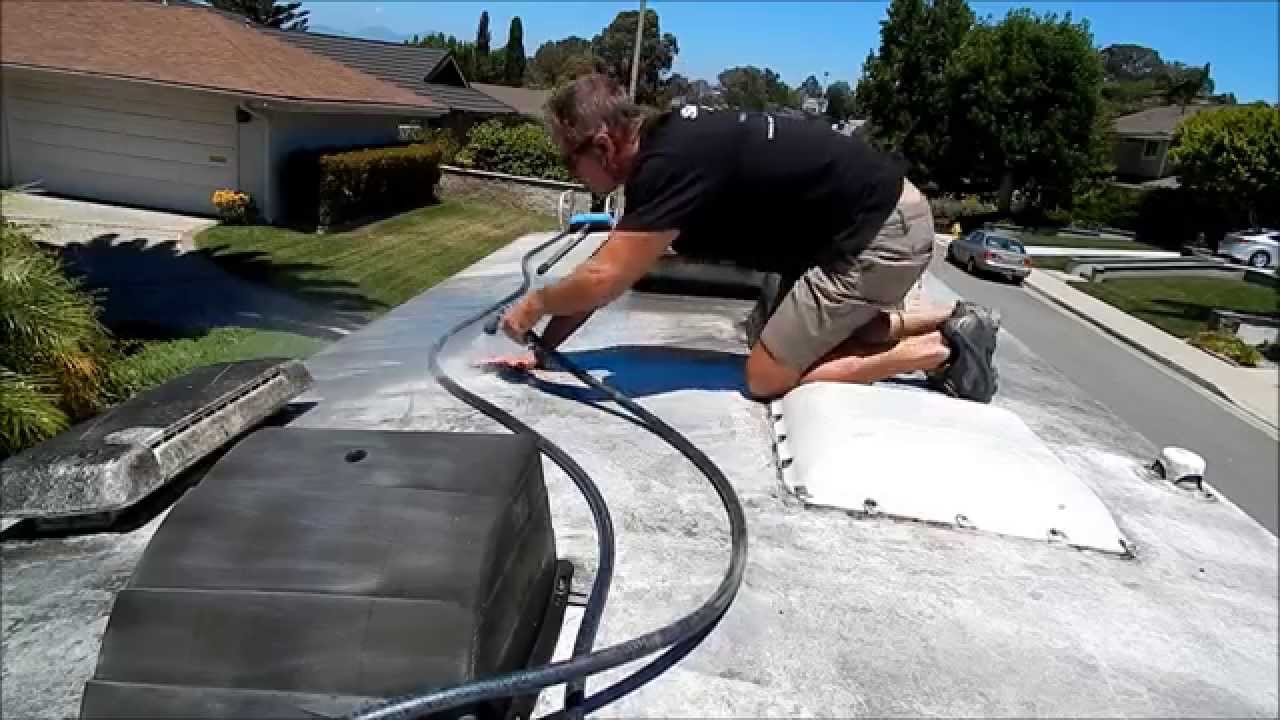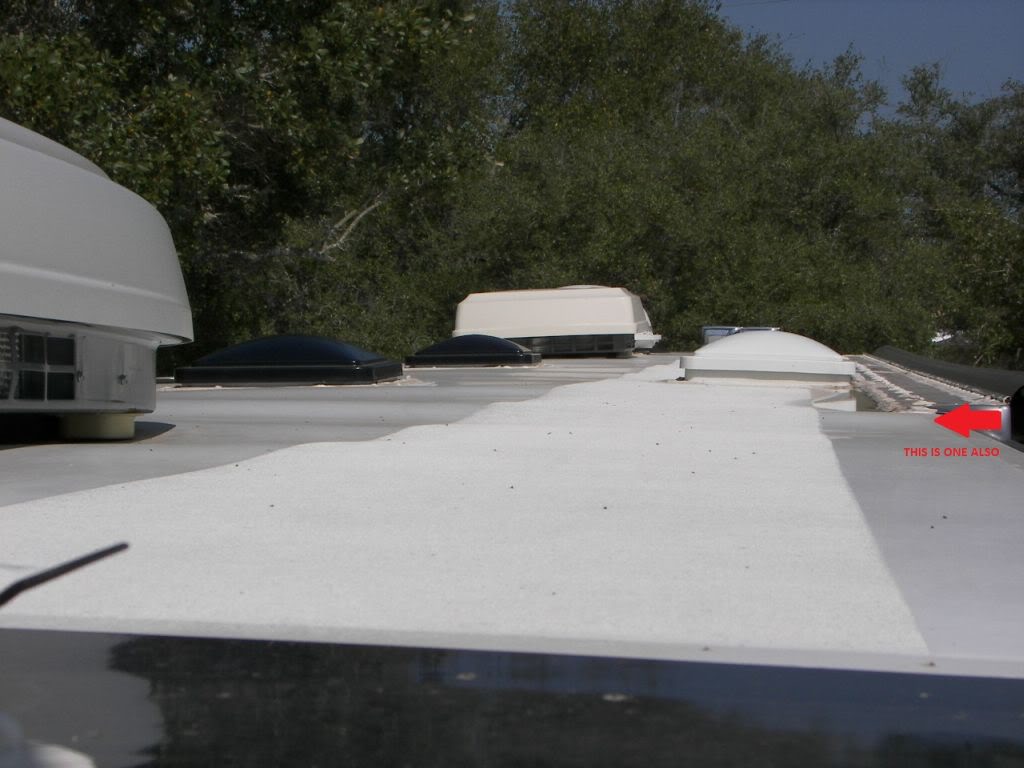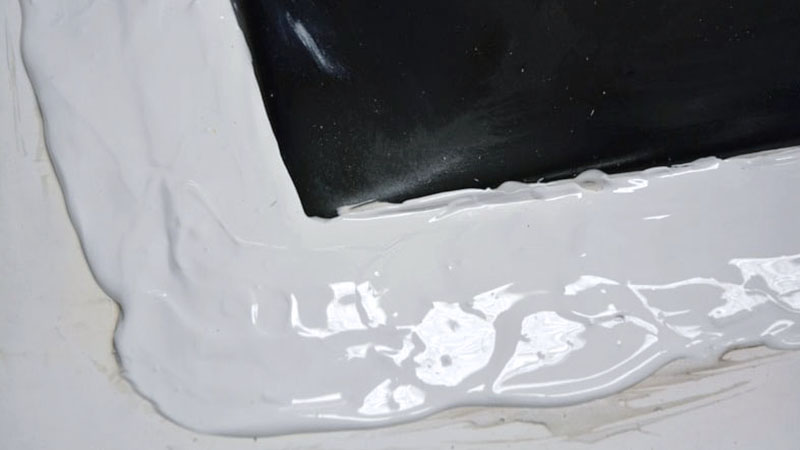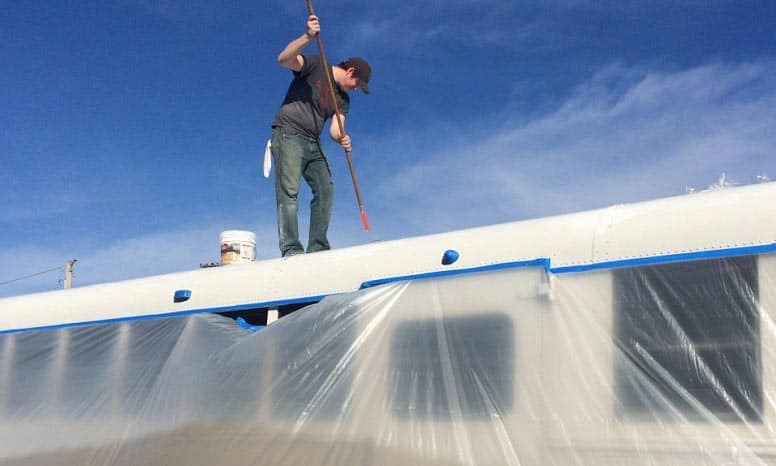Rv Roof Bubbles After Put On Seleant

Not all new dicor lap sealant products work with every roof cleaner or sealant removal.
Rv roof bubbles after put on seleant. If the rubber is bonded prior to the adhesive drying then bubbles will appear under the membrane caused by the trapped vapour from the adhesive. Roof bubbling is just what it sounds like spots where the rubber has lifted off the surface of the roof and formed a bubble or blister. Causes prevention and repair as weather changes from season to season it s important to keep up with your maintenance plan to keep your roof in working order. Obviously you don t want the bubbles to stay so the best option is to fix it yourself.
Contact bonding adhesive is used for bonding the rubber membrane on upstands and around the perimeter of the roof deck. One of your common choices is rubber coating. This cleaner even if left to dry may react with the new sealant and cause your rv s roof to bubble. With only one bubble on your roofing material i would suspect that spot was contaminated somehow or not prepped thoroughly enough prior to the installation of the membrane.
The rv manufacturer simply didn t apply the adhesive evenly or left some dirt on the roof that the adhesive couldn t stick to. The most common cause of roof bubbling is poor installation of the roof. One such brand is epdm roof cleaner. Vapour from contact bonding adhesive.
Apparently the roof isn t glued down across the entire roof. In this case the rubber roof may come in the form of epdm. Rubber is a popular material for the rv roof. One way to keep it protected and maintain its excellent condition is to apply the best rv roof coating to it.
One of the things about removing old sealant is the type of sealant cleaner you use. The adhesive is solvent based and must be allowed to gas off and become touch dry prior to bonding the membrane into position. If you have some bubbles that have appeared out of no where on your rv vehicle it may be something to worry about. Tom mansfield oh tom bubbles in epdm rubber membrane are typically caused by improper preparation during installation water intrusion or the use of incorrect adhesives.













































